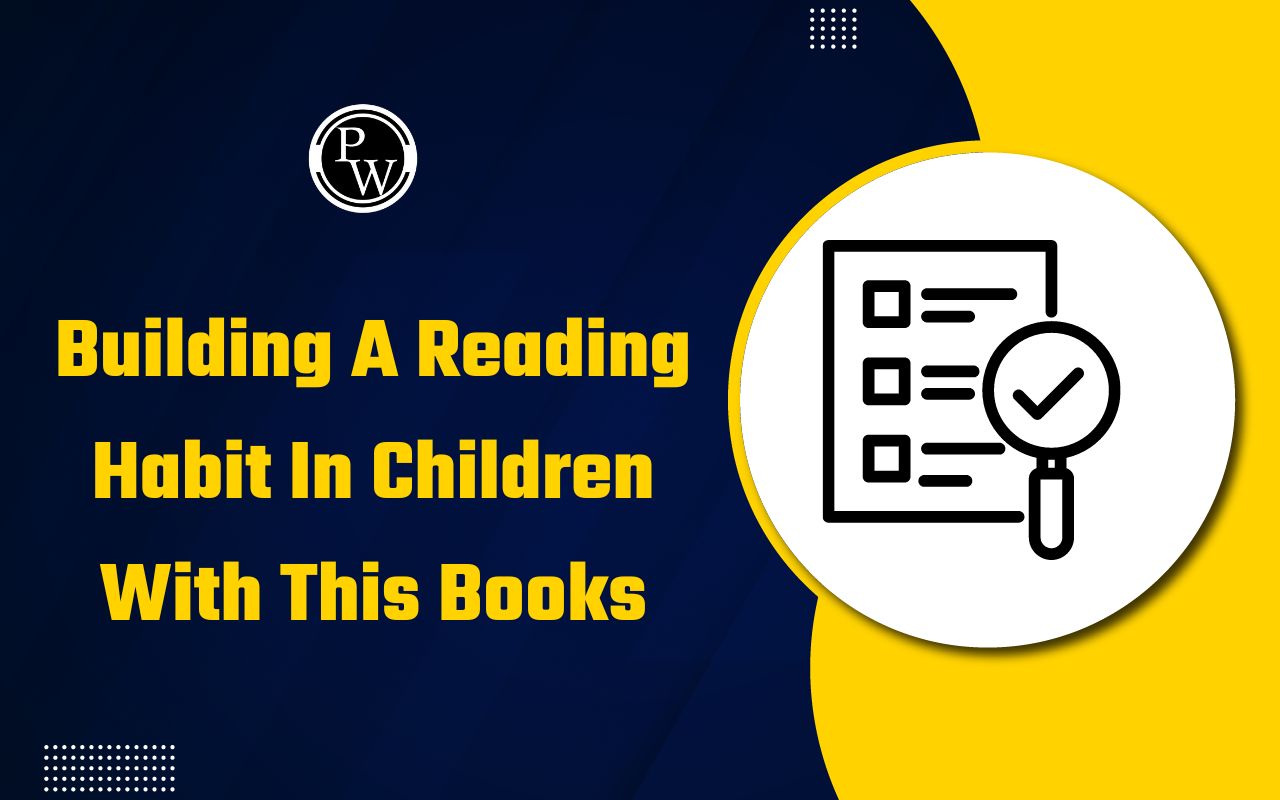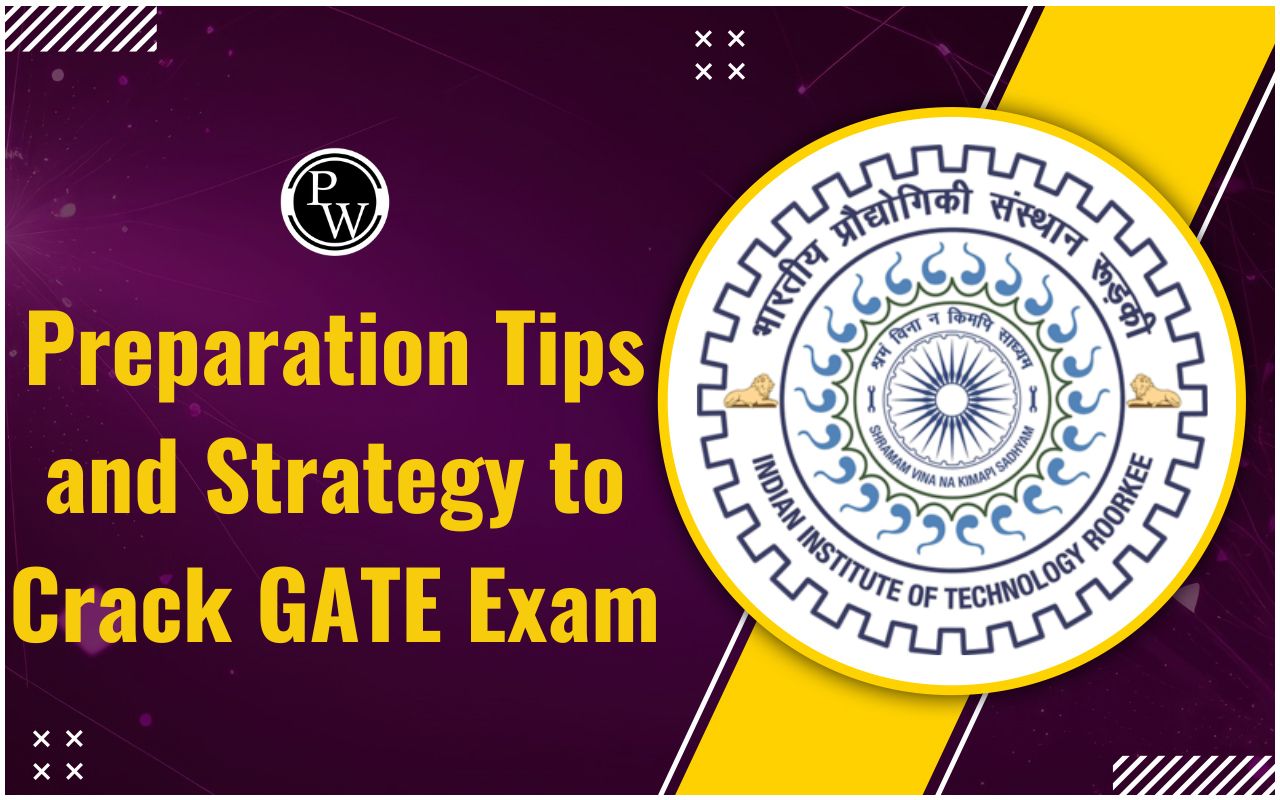Class 8 Science Project Ideas: Explore & Learn

Science Project Ideas for Class 8:- Science projects are a fantastic way for Class 8 students to dive into the world of science and explore how things work. These projects give students a chance to take what they've learned in class and see it in action. Whether it's experimenting with chemical reactions, building simple machines, or exploring the natural world, these ideas are meant to be fun and educational. Check out the science experiments for class 8 with the explanation below.
Check out: PW Experiment Kits
Grab your PW Experiment Kit today at 20% off and make science fun for your kids. Limited offer, hurry before it ends.
Class 8 Science Project Ideas
1. Measuring Glucose in Food
Experiment: Carbohydrates and sugars are essential components of our daily meals, though they come in various forms. In the human body, these are broken down into simpler substances like glucose. For a Class 8 science project, you can explore the presence of glucose in different foods by conducting this simple experiment.
Process:
-
Collect Materials:
-
Gather everyday food items such as fruits, bread, or vegetables.
-
Prepare additional items including food dye, room-temperature water, plastic glasses, a knife, and glucose reading strips.
-
Prepare Control Strips:
-
Positive Control: Dip a glucose strip into a sugar-based solution or a glucose solution to create a positive control strip.
-
Negative Control: Dip another glucose strip into plain water to create a negative control strip.
-
Test Food Samples:
-
Cut the selected food items into small pieces, ensuring each piece fits into a plastic glass.
-
Place a piece of each food item into individual glasses.
-
Add Water and Dye:
-
Pour room-temperature water into each glass, just enough to cover the food samples.
-
Add a drop of food dye to each glass to make the glucose reaction more visible (optional).
-
Insert Glucose Strips:
-
Dip a fresh glucose strip into each glass containing the food samples.
-
Let the strips sit for a few seconds, then remove them.
-
Observe and Record:
-
Compare the colour changes on the glucose strips with the control strips.
-
Record the observations for each food item, noting which foods show a positive glucose reaction.
Result:
By observing the colour changes on the glucose strips, you can determine the presence of glucose in the food items. This experiment provides insight into how carbohydrates are present in different foods.
Check Out: Science Experiment Kit For Class 8th
2. Boiling Point of Water
Experiment: Water has a specific boiling point, but when different substances are added, this boiling point can change. This experiment allows you to observe how various household items affect the boiling point of water.
Process:
-
Prepare Materials:
-
Gather common household items such as sugar, salt, lemon juice, oil, oranges, jaggery, and tea.
-
Prepare a pot and a thermometer to measure the boiling point.
-
Boil Water:
-
Fill the pot with water and bring it to a boil, noting the boiling point using the thermometer.
-
Add Substances:
-
Add one of the substances (e.g., sugar) to the boiling water and stir.
-
Measure the new boiling point after the substance has dissolved.
-
Repeat with Other Substances:
-
Repeat the process for each of the other substances (salt, lemon juice, etc.), recording the boiling point each time.
Result:
Your observations will reveal how different substances affect the boiling point of water, illustrating the concept of boiling point elevation.
3. Baking Soda Volcano
Experiment: Creating a baking soda volcano is a fun and interactive way to demonstrate a chemical reaction.
Process:
-
Build the Volcano Structure:
-
Use materials like clay, paper-mâché, or dough to build a cone-shaped structure that resembles a volcano.
-
Place a small container in the middle of the volcano to hold the vinegar.
-
Add Vinegar:
-
Pour vinegar into the container inside the volcano.
-
Add Baking Soda and Food Color:
-
Add a spoonful of baking soda to the vinegar in the container.
-
Optionally, add a few drops of food color to create a more dramatic eruption.
-
Observe the Reaction:
-
Watch as the baking soda reacts with the vinegar, causing the volcano to "erupt" with foamy bubbles.
Result:
The reaction between baking soda and vinegar releases carbon dioxide gas, creating an effervescent eruption that simulates a volcanic explosion.
Read More: 8th Grade Science Fair Projects & Ideas
4. Red Cabbage Indicator
Experiment: Red cabbage contains a natural pH indicator that can be used to identify the acidic or basic nature of various substances.
Process:
-
Extract Red Cabbage Juice:
-
Chop a red cabbage and boil it in water to extract the juice.
-
Strain the juice into a container.
-
Prepare Test Solutions:
-
Gather substances such as milk, water, baking soda, soda drink, lemon juice, and vinegar.
-
Pour a small amount of each substance into separate paper cups.
-
Add Red Cabbage Juice:
-
Pour the red cabbage juice into each cup, ensuring the liquid covers the substance.
-
Observe Color Changes:
-
Watch as the color of the cabbage juice changes in each cup.
-
Record the color changes to determine whether each substance is acidic or basic.
Result:
The color change in the red cabbage juice will help you identify the pH level of each substance, providing a visual representation of acid-base reactions.
Check out: Optical Instruments Projects Kit
5. Potato Battery
Experiment: A potato can convert chemical energy into electrical energy, making it a unique and practical science project.
Process:
-
Prepare Materials:
-
Gather two potatoes, zinc and copper electrodes, 6 alligator clips, and a small bulb or digital clock.
-
Insert Electrodes:
-
Insert a zinc electrode into one end of each potato.
-
Insert a copper electrode into the opposite end of each potato.
-
Connect with Alligator Clips:
-
Use alligator clips to connect the zinc electrode of one potato to the copper electrode of the other potato.
-
Connect the remaining electrodes to the bulb or digital clock.
-
Observe the Reaction:
-
With adult supervision, observe as the potatoes generate enough electrical energy to power the bulb or clock.
Result: The potatoes will convert chemical energy into electrical energy, demonstrating how everyday materials can be used to generate power.
5. Thermal Conductivity of Metals
Experiment: Explore the concept of thermal conductivity by observing how different metals heat up.
Process:
-
Select Metal Objects:
-
Choose a variety of metal objects such as spoons, rods, or coins.
-
Apply Heat:
-
Use a heat source (e.g., a stove or a candle) to apply heat to one end of each metal object.
-
Measure Temperature Changes:
-
Use a thermometer to measure the temperature at different points along the metal object.
-
Record the time it takes for the heat to spread throughout the object.
Result: You’ll discover the varying levels of thermal conductivity in different metals, offering insights into why certain materials are more effective heat conductors.
Read More: 10 Easy Topics for Science Projects for Class 7 Students
6. Pinhole Camera
Experiment: Create a simple pinhole camera to understand the basics of light and image formation.
Process:
-
Construct the Camera:
-
Use a cardboard box or a tin can to create a light-proof box.
-
Cut a small hole on one side of the box to act as the pinhole.
-
Set Up the Screen:
-
Place a piece of translucent paper or film on the opposite side of the box, inside the camera, to act as the screen.
-
Allow Light to Enter:
-
Point the pinhole camera towards a well-lit object and allow light to enter through the pinhole.
-
Observe the Image:
-
Observe the image that forms on the screen inside the camera. The image will be inverted.
Result: This experiment will demonstrate the principles of light reflection and image formation, helping you understand the basics of photography.
Check out: Class 8th Books
Class 8 Science Models
1. Create Your Own Biodiesel:
-
Experiment: Convert vegetable oil and animal fats into biodiesel through a chemical reaction with alcohol.
-
Result: This project demonstrates the principles of renewable energy and chemistry.
2. Astronomical Telescope:
-
Experiment: Build a telescope using lenses or curved mirrors to magnify distant objects.
-
Result: Understand how light is collected and focused to create magnified images.
3. Cotton Candy Machine:
-
Experiment: Recreate the process of making cotton candy by heating sugar to form liquid caramel, then spinning it into thin threads.
-
Result: Observe the crystallisation of sugar as it forms cotton candy.
4. Human Heart Model:
-
Experiment: Build a working model of the human heart using simple materials like a physioball, PVC pipe cap, balloons, and drip pipe.
-
Result: This model will help you visualise the functioning of the human heart, providing a hands-on understanding of biology.
Check out: 150 Science Experiments Kit
Make your child’s next science project or experiment even more fun! Get Flat ₹50 off on orders above ₹399 and Flat ₹80 off on orders above ₹499. Use codes TOYSFLAT50 or TOYSFLAT80 to shop the science kits and tools at amazing discounts.
Class 8 Science Project Ideas FAQs
Q1. What are some easy science projects for Class 8?
Ans. Simple projects like creating a baking soda volcano, making a potato battery, or testing the boiling point of water are easy and effective for Class 8 students.
Q2. How do I choose the right science project?
Ans. Pick a project that interests you and matches your skill level. Consider what resources are available and what topic you enjoy, whether it's chemistry, biology, or physics.
Q3. What materials do I need for a baking soda volcano?
Ans. You'll need baking soda, vinegar, food colouring, and a container to build your volcano structure.
Q4. How do I test for glucose in food?
Ans. You can use glucose strips to test various food items. By comparing the colour change on the strips, you can determine the presence of glucose.
Q5. Can I do a science project about renewable energy?
Ans. Yes, you can create projects like a wind turbine model, a solar cell, or even your own biodiesel to explore renewable energy concepts.










